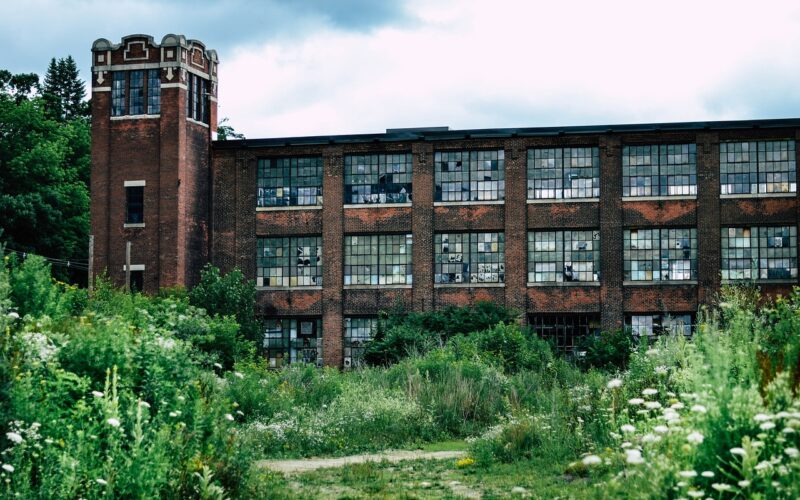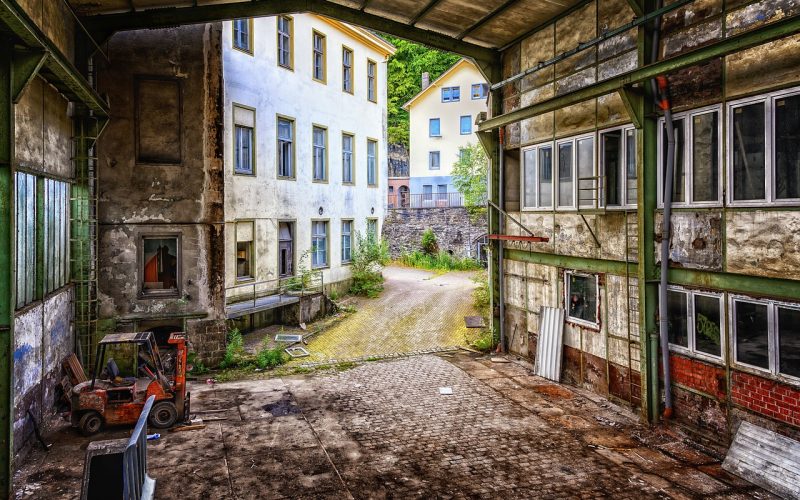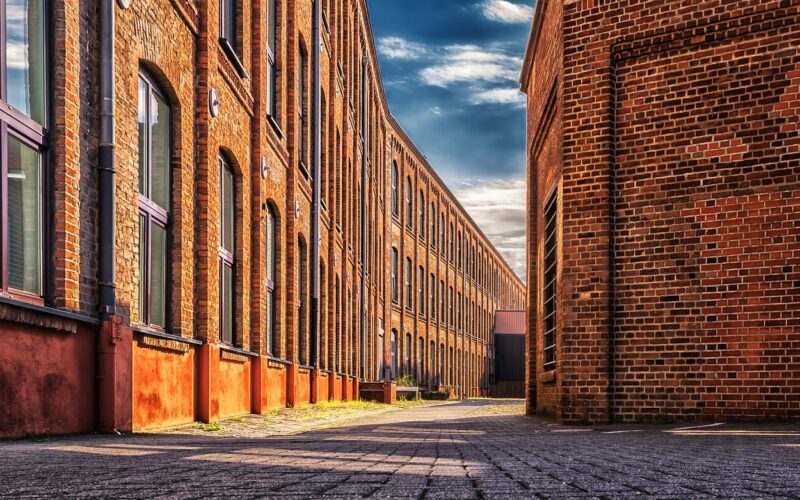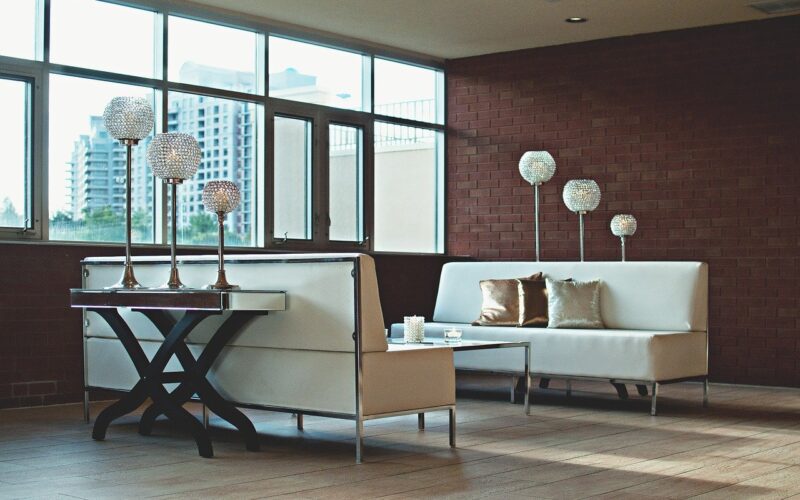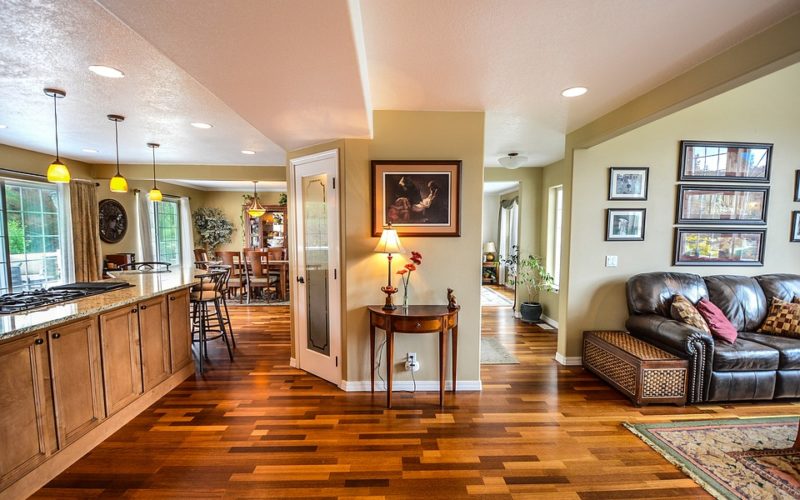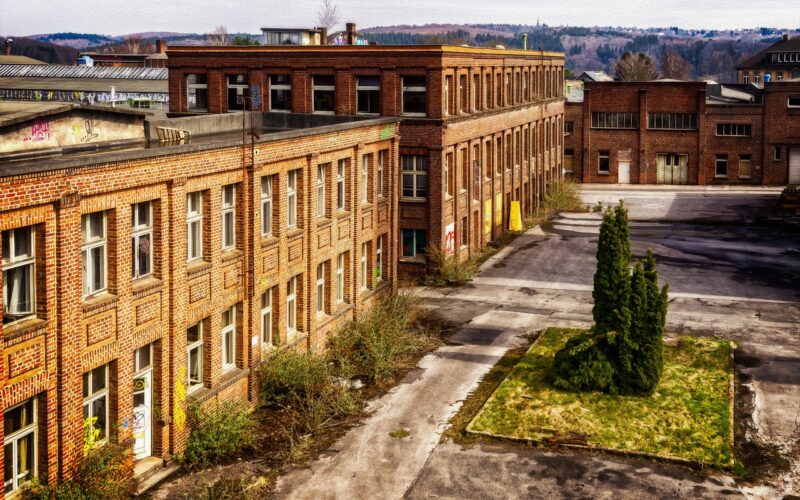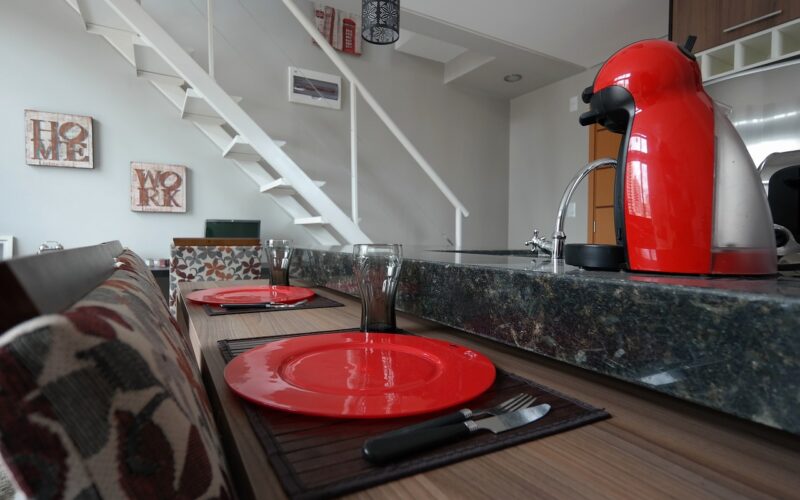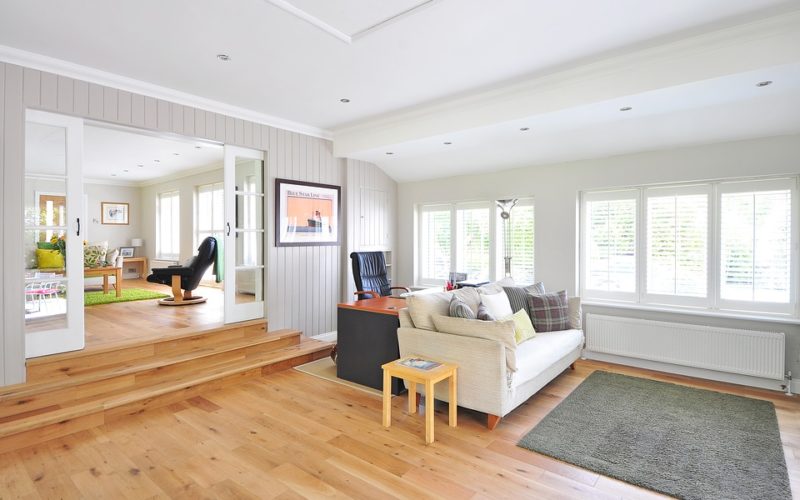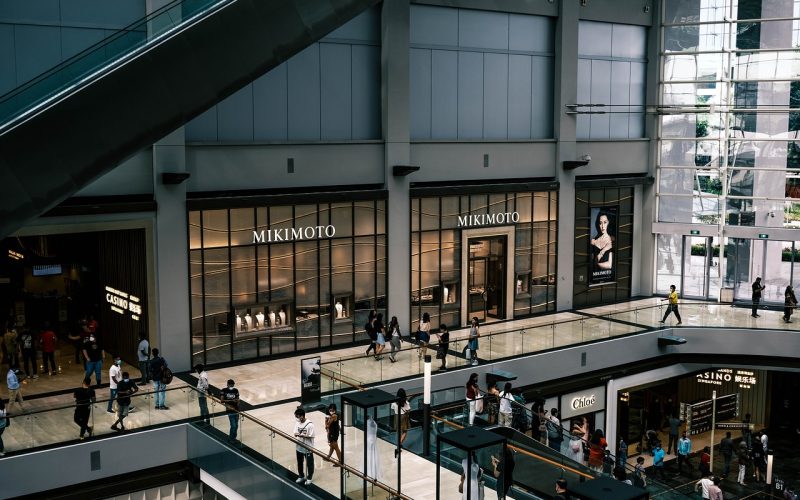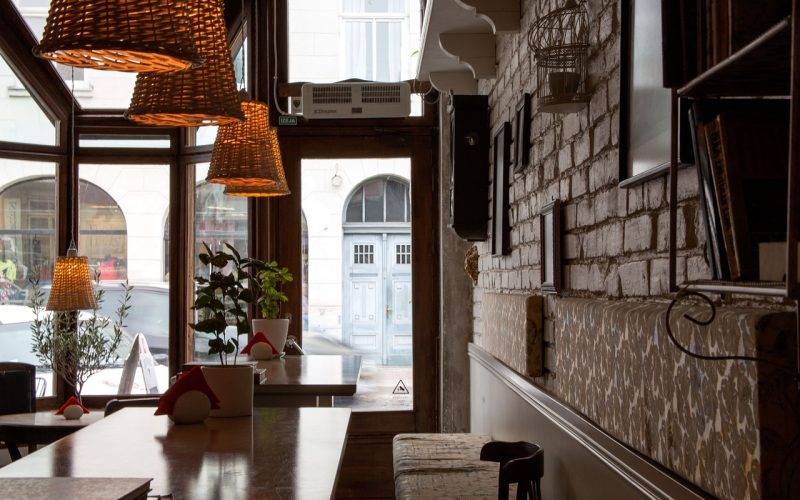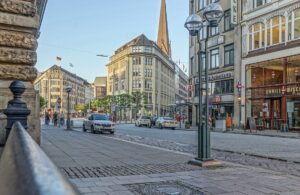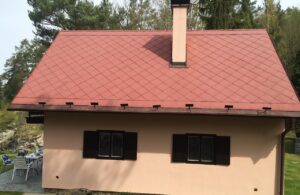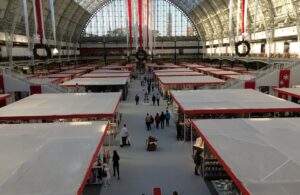In recent years, a significant shift has been observed in urban planning and development, particularly in the way city centres are evolving to meet changing demands and preferences. This transformation is characterised by a move away from traditional retail-centric models towards more residential-focused environments.
An interesting facet of this trend is the conversion of old industrial mills into luxury apartments, a phenomenon that has become increasingly popular amongst young professionals seeking unique living spaces in urban cores.
Architectural integrity and history
These historic mills, once the heartbeat of the industrial revolution, are being repurposed to cater to a modern lifestyle, combining the allure of industrial heritage with contemporary comforts and conveniences.
This not only preserves the architectural integrity and history of these structures but also offers unique, spacious living quarters that stand out from standard apartment offerings.
High ceilings, large windows, and original features like exposed brick walls and timber beams are just a few of the characteristics that make these luxury apartments highly sought after.
Transformation of city centres
The appeal of living in city centres has grown, driven by young professionals' desire for proximity to work, leisure, and cultural amenities. This demographic values the ability to walk or cycle to work, dine at nearby restaurants, and access entertainment options without the need for extensive travel.
The transformation of city centres into more residential zones supports this lifestyle, reducing reliance on cars and promoting a more sustainable, community-oriented living environment.
Mixed-use developments
This shift towards more residential city centres also reflects broader changes in the retail landscape.
The rise of online shopping has challenged the viability of traditional brick-and-mortar retail spaces, leading to the repurposing of these areas into residential or mixed-use developments.
By converting underutilised or vacant retail spaces into housing, cities are finding new ways to revitalise and breathe new life into their urban cores.
The need for new construction
The conversion of old mills and other industrial buildings into luxury apartments is part of a larger trend known as "adaptive reuse."
This approach not only addresses the demand for unique urban housing but also contributes to sustainable development by conserving resources and reducing the need for new construction.
It embodies a creative solution to urban housing shortages and adds to the character and diversity of city centres.
New residential developments
However, the transformation of city centres into more residential areas presents challenges as well. Issues such as gentrification, where rising property values may displace long-standing residents and small businesses, need to be carefully managed.
Furthermore, the integration of new residential developments with existing urban infrastructure, such as transportation, green spaces, and community services, requires thoughtful planning to ensure that the needs of the entire community are met.
Changing lifestyles and economic shifts
The conversion of old mills into luxury apartments for young professionals is a notable example of how city centres are evolving to become more residential and less retail-focused. This trend reflects changing lifestyles, economic shifts, and a move towards more sustainable urban living.
While challenges exist, the adaptive reuse of historic buildings for residential purposes represents a promising path towards revitalising city centres and creating vibrant, diverse urban communities.
